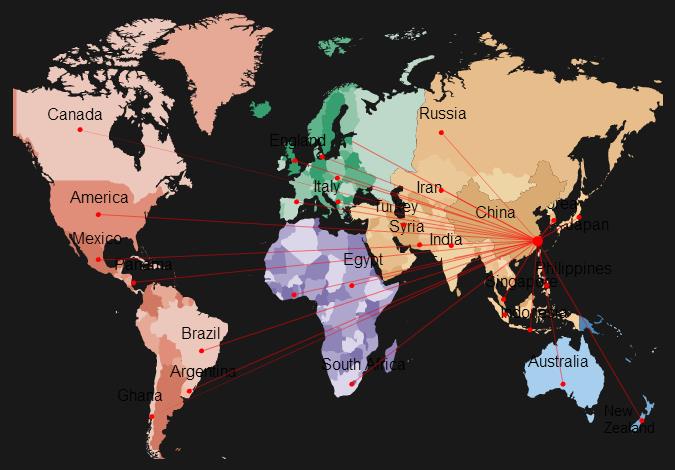Effects of post-manufacture board treatments on formaldehyde emission: a literature review
The four primary treatment methods are:
1. Application of scavengers as solids or aqueoussolutions. Ammonium bicarbonate and carbonate have been used as solid powders, while the solutions involved a variety of ammonium salts, ammonium and alkali metal salts with sulfur-containing anions, and urea and other compounds having -NH functionality;
2. Exposure to scavengers as gases. NH, is theprimary reactant here, with minor effort using SO
3. Application of coatings. A variety of polymeric formulations have been examined as physical barriers, often supplemented by incorporating a scavenger such as urea;
4. Lamination with barrier materials. Barrier materials have included polymer films, metal films, andimpregnated papers, the last also incorporating scavengers.
Firm, detailed conclusions or recommendations about the effectiveness of these methods are difficult to make due to
1) lack of inforation
2) the wide variety of materials and processes employed, and
3) the importance and variety of economic and processing considerations required in selecting among options for amanufacturing process. Clearly, however, major reductions in initial formaldehyde emission can beachieved by each of the four treatment methods
Previous:MDF,LDF,HDF
Next:Sources of formaldehyde, other aldehydes and terpenes in a new manufactured house.



